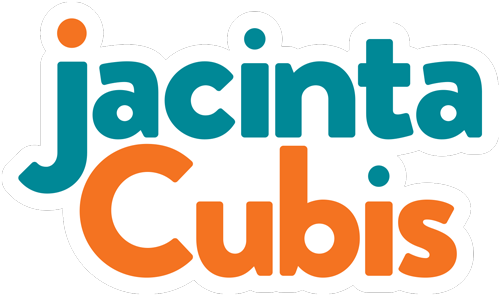Framing Conversations
How do you frame your photos before you take them?
Consciously, or unconsciously?
Leave it to chance, or set things up?
I don’t think I could say with any authority. What’s important is that how I frame photos has a significant impact on how I frame questions, conversations, meetings and workshops as a facilitator.
How about you?
Framing is yet another interesting dimension of the relationship between photography and facilitation.
A frame can enhance and complement the image it encases, or clash and overwhelm it. Just as framing can with a conversation.
My mum used to frame historical photographs when she ran her own gallery. The framing apparatus was so big, it needed its own room, taking up much more space than the photos it encased.
I like to think of a photo as comparable to the heart of a conversation. The framing sets up the image for context and appreciation. It can change how an image is understood. Similarly, how a conversation is framed can change participants’ expectations, mood and intent. A considered frame, and thoughtful framing, draws the eye and our attention.
A group I worked with recently had the potential to get bogged down in technical details. It felt like people’s positions were so strongly held that they might need need two chairs. One for them and one for their position.
To elevate their thinking, I framed the conversation about their future experience. It worked, because they played along, imagining who they might be with, when and what they could be doing. There were electric cars, vast public transport networks, adult children and grandchildren.
Future framing helped shift their focus from their technical plans and details to think about the bigger picture.
Framing photos is part of our every day. How consciously are we framing our conversations?
Our smart phones make us all photographers. Perhaps they can help make us all better facilitators. Even if that may not be in our job description, I reckon it’s as essential as ‘interpersonal’ and ‘communication skills’. I believe ‘facilitation skills’ are expected. It’s implicit in the demand for collaboration to address increasingly complex problems.
So why not learn from something we do almost every day – take photos – to freshen up or improve our facilitation and, ultimately, our ability to collaborate.
There is so much that facilitation can learn from photography it could justify a new word – ‘#facilitography’, coined by my friend, Kirk Fisher. What do you think? I’d love to hear – tell me in the comments below.
I love helping new facilitators build their confidence and expand their toolkit. Get in touch if you’d like to have a chat.

